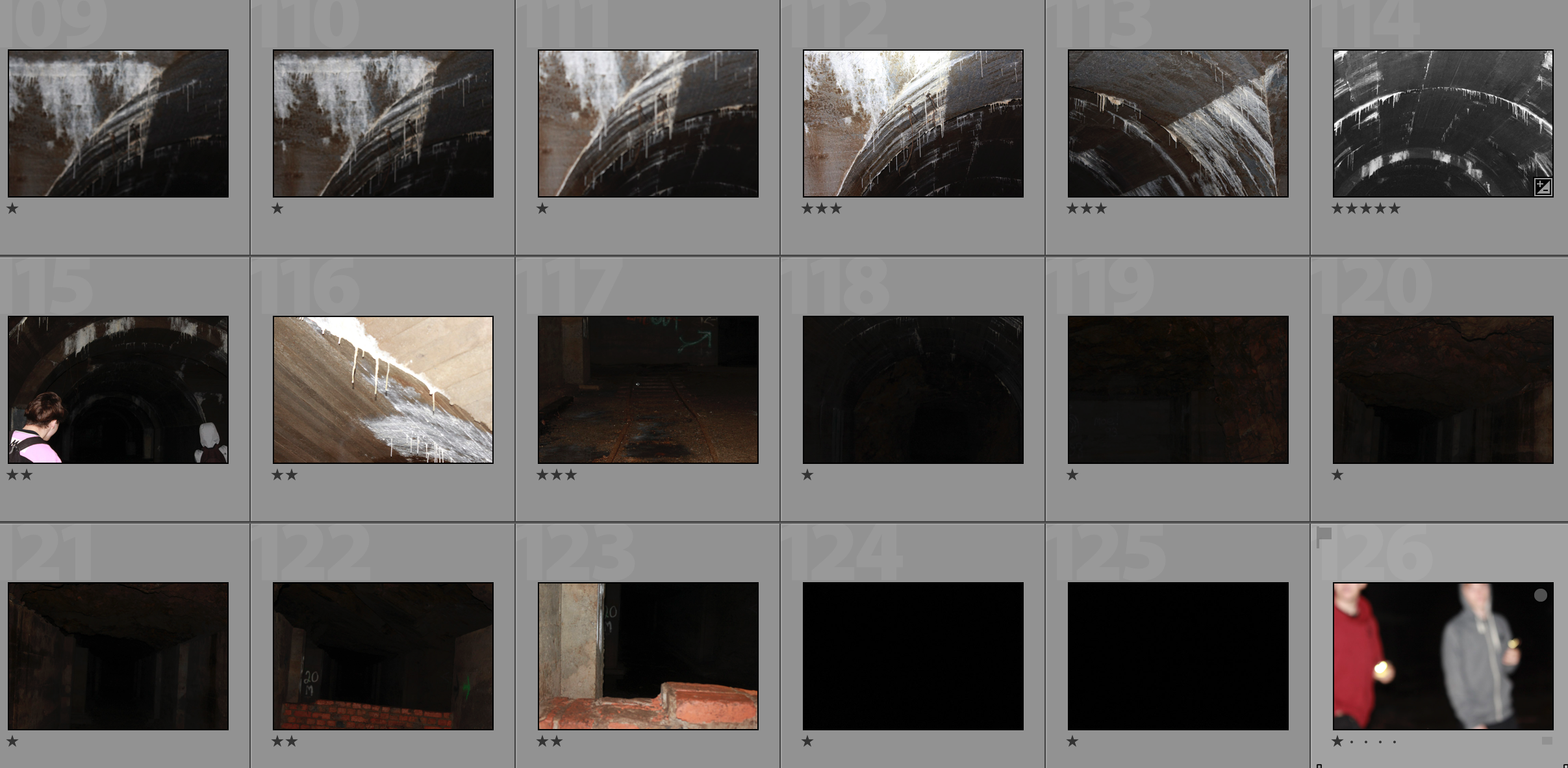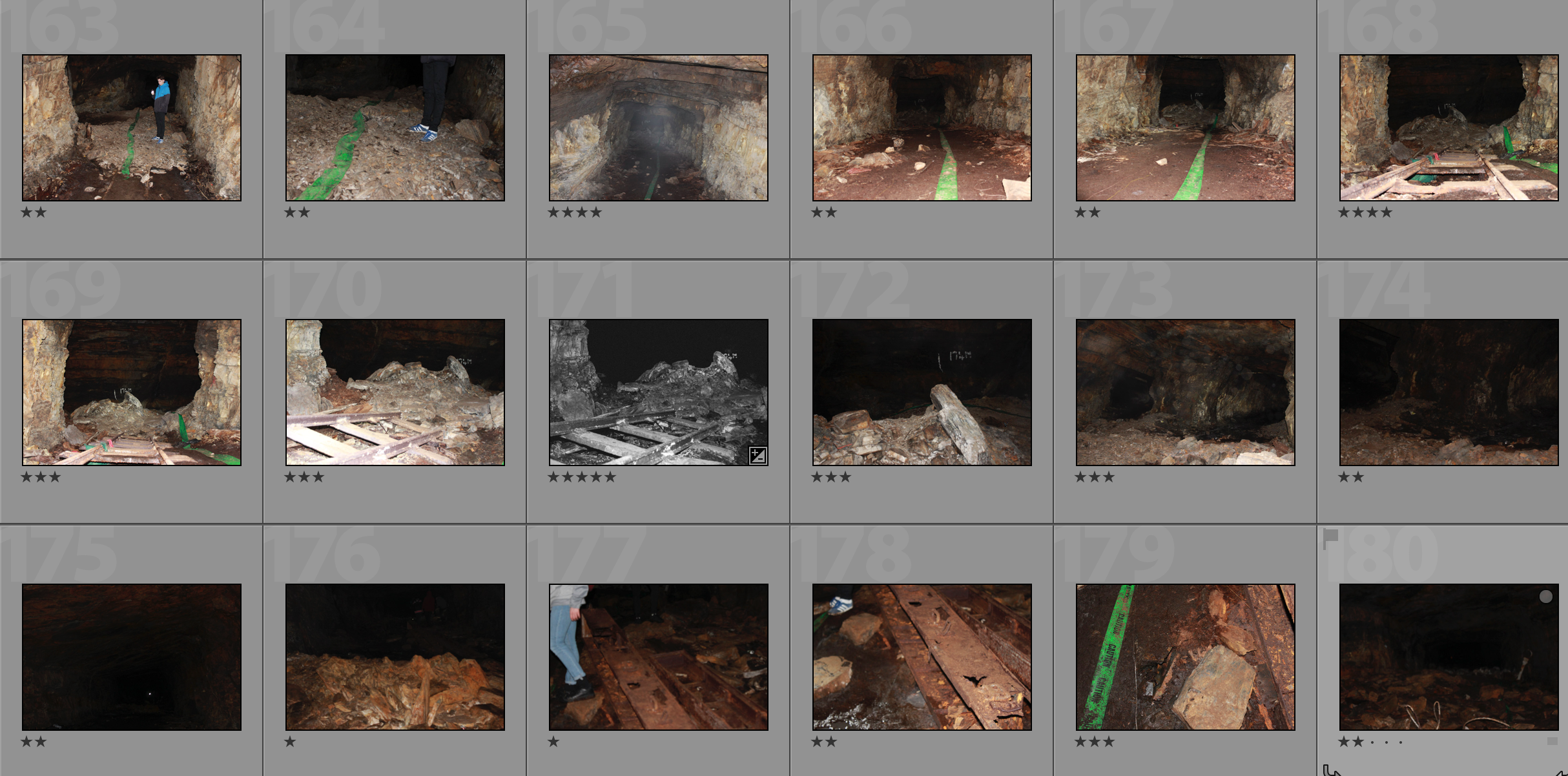Planning
Task – Take 150-200 photos exploring the theme of tunnels/caves under the key work ‘secrets’
Props – I will mainly be using only the tunnel/cave and its contents as the subjects but there may be people that feature in the photographs.
Camera Settings – Due to the extremely dark nature of the tunnel I will have to use flash in most of my photographs in order to illuminate the subjects enough. I will be using this with an ISO of 100 and a shutter speed of 1/40.
Lighting – I will be using strong torches, flash from the camera or natural daylight in order to capture my photographs.
Location – Jersey War Tunnels
Context – I am looking at the theme of exploration which includes caves and tunnels for my AS level externally set assignment.
Concept – I hope to take photographs of secrets within these tunnels that would not usually be seen whilst taking inspiration from both Robbie Shone and Gregory Berg.
My Response
Contact Sheet












My Edits/Top 5





My Favourite Photograph

In this photograph I used flash lighting in order to illuminate the dark tunnel. The use of flash helped to bring out the highlights in the photograph but also create contrasting shadows within the photograph. A deep depth of field was used to capture this photograph as the whole of the photograph is in focus even the subjects in the far background. A shutter speed of 1/40 was used along with an ISO of 100 which allowed the photograph to best the best quality that it possibly could be.
I used a black and white filter for this photograph as I felt that it brought out the shadows and contrast within the photograph more. It is also more suitable for the theme of mystery and exploration. There is a very wide tonal range within this photograph which creates a more dramatic and interesting image. The texture of the dirt and rust on the subjects can be seen which makes the photograph seem more contextual and shows how forgotten the subjects are. It is quite a 3D photograph and there is a clear distinction between subjects in the foreground and the background.
This photograph was taken inside one of the tunnels that was made by the Nazi’s during the occupation of Jersey. This particular tunnel was intended to be used as a munitions storage and never reached the finished stage. This photograph shows the ruined state that the tunnel was left in and the railway system that they would use to transport materials.
From this set of photographs I am trying to look at the unexplored areas of Jersey that people would not usually see. This photograph contains old secrets of Jersey that have remained untouched and it shows that there are many of these secrets around the island that people are not aware of.




